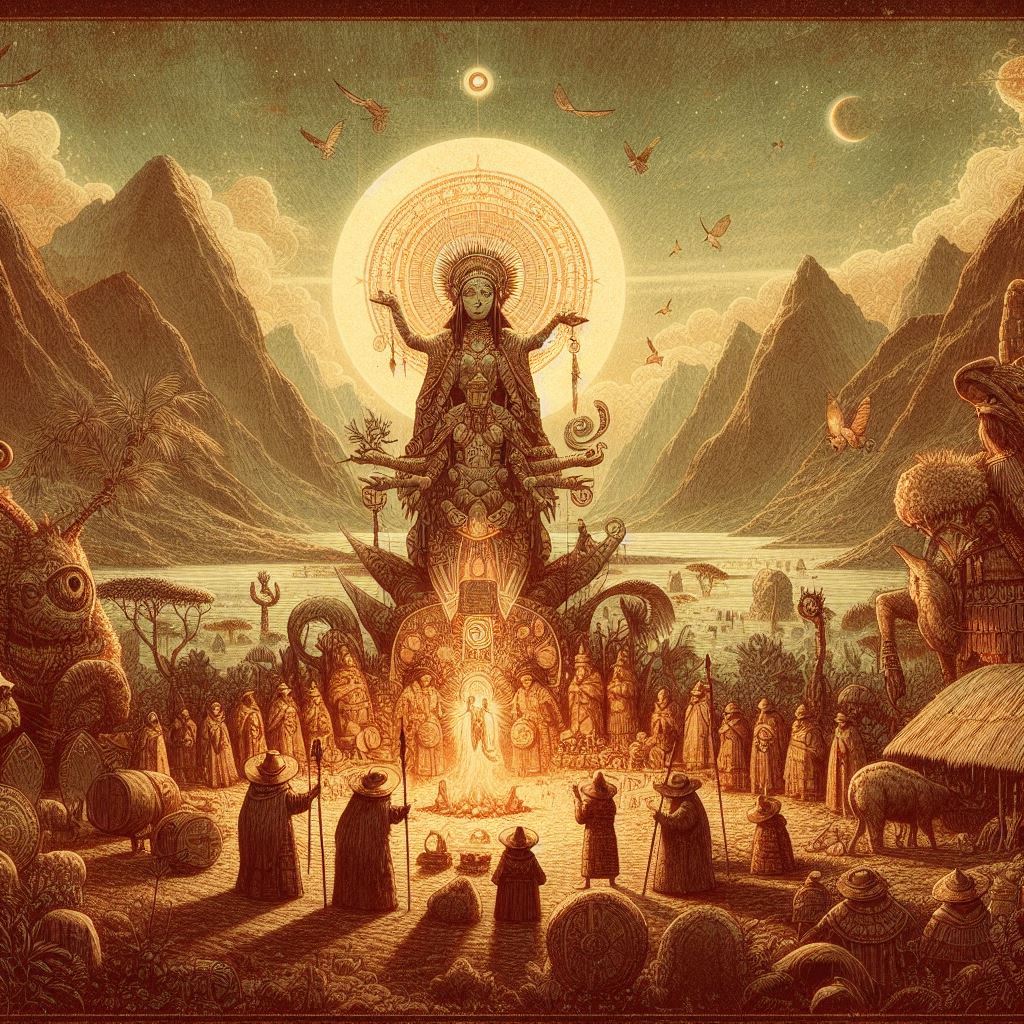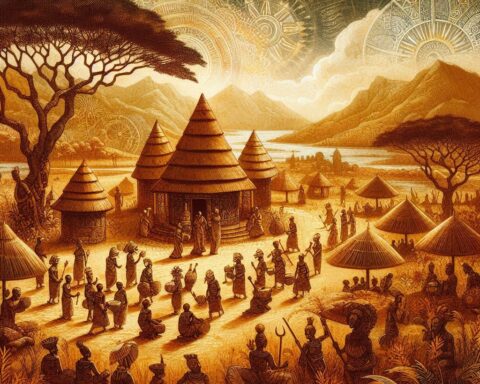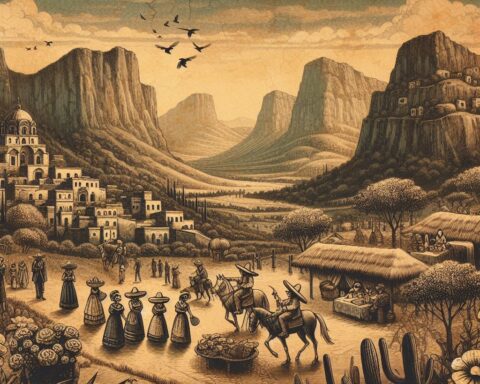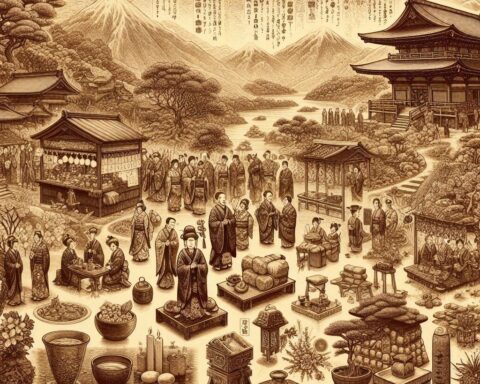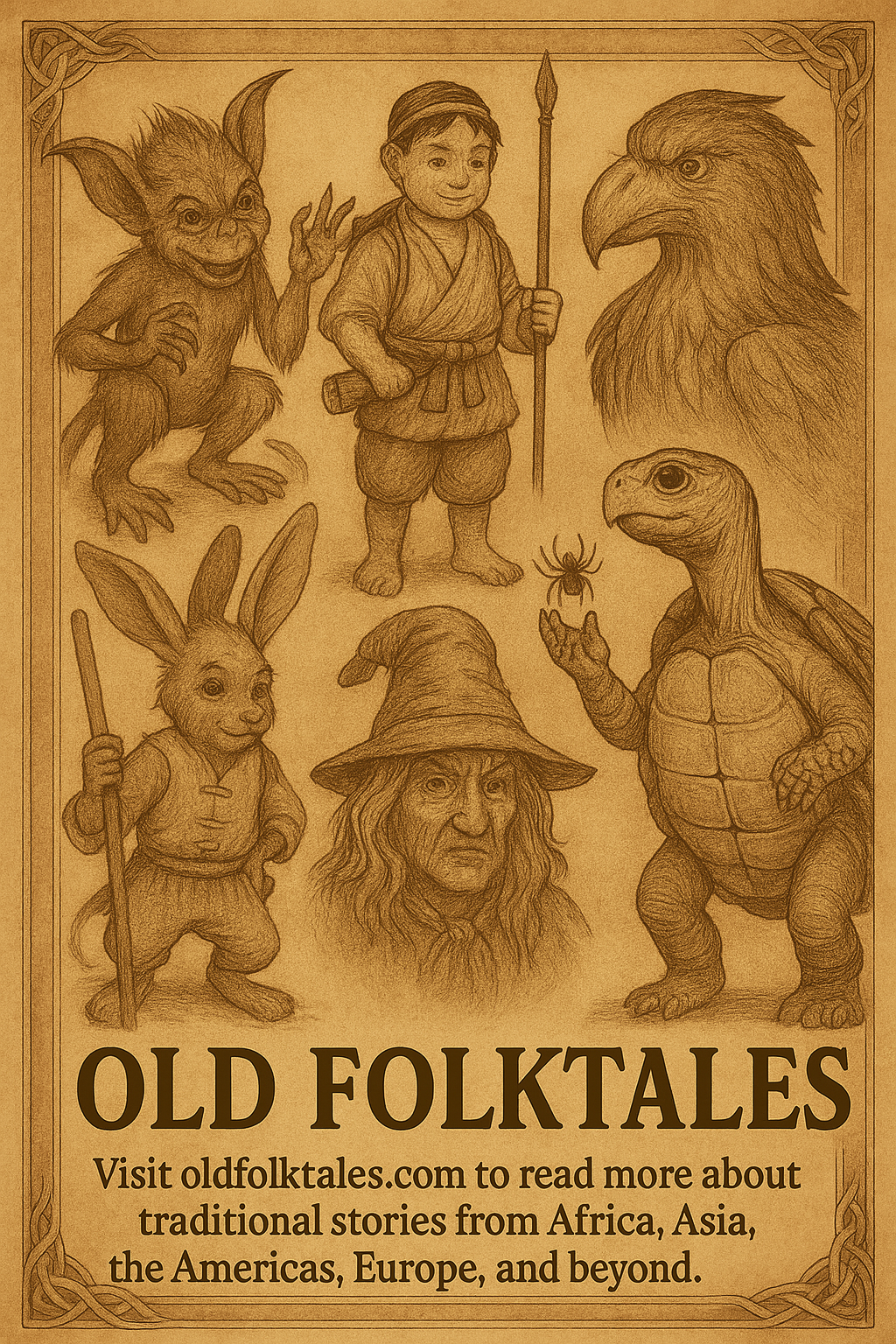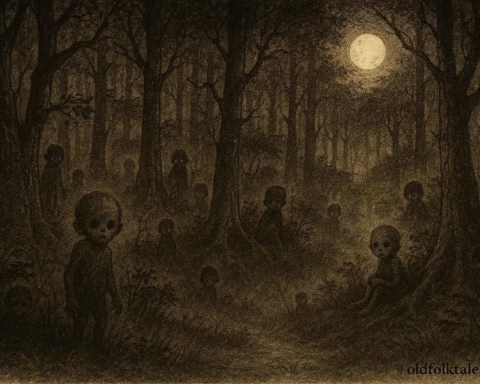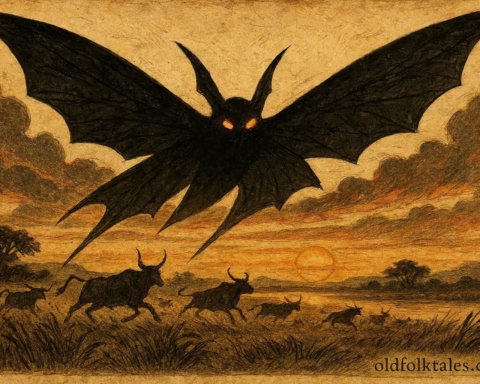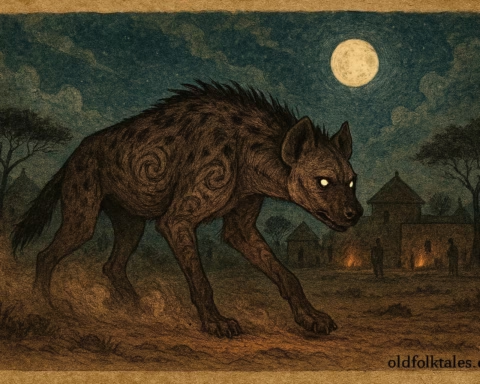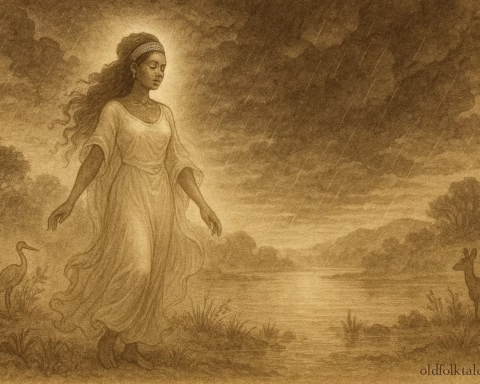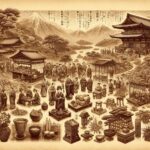From the high, wind-kissed peaks of the Andes to the deep valleys where quinoa and maize sway in the breeze, Pachamama, Earth Mother, has been the unshakable center of Andean life. She is not merely a goddess in a pantheon; she is the ground beneath one’s feet, the womb that nourishes life, and the cosmic thread that binds people to land, sky, and ancestors. For centuries, the Quechua and Aymara peoples have honored her through offerings known as despachos, ritual gifts of food, drink, flowers, and sacred objects.
These offerings, steeped in symbolism and community spirit, are not just about asking for blessings, they are about maintaining ayni, the Andean principle of reciprocity. Give to Pachamama, and she will give back in abundance. Let’s explore six core offerings and their deeper meanings.
1. Chicha (Fermented Corn Drink)
The golden, frothy chicha is more than refreshment, it is the lifeblood of communal gatherings. When poured onto the earth before drinking, it becomes a libation, a way of saying, “Drink first, Mother.” This practice stretches back to Inca times, where chicha was used in state rituals to unite the empire under the Sapa Inca’s divine authority.
2. Coca Leaves
Coca leaves hold sacred status in Andean cosmology. They are chewed to endure high-altitude work, used in divination, and offered in rituals as a bridge to the spirit world. In offerings to Pachamama, they are arranged in patterns, often three leaves together, symbolizing the Andean trilogy of the condor (sky), puma (earth), and serpent (underworld).
3. Llama Fat and Wool
The llama has been a faithful companion to the Andean peoples for thousands of years, carrying goods and providing wool and meat. In traditional offerings, small pieces of llama fat are burned or buried as a gift to Pachamama, while tufts of wool are added to despachos for warmth and protection. This custom links back to pre-Columbian sacrificial rites where llamas were central to fertility and agricultural blessings.
4. Maize and Quinoa
These ancient grains are the backbone of Andean agriculture, cultivated for millennia in challenging mountain climates. In rituals, colorful kernels of maize and quinoa are arranged like tiny jewels within a despacho, each grain representing abundance and the continuation of life. Their inclusion is a prayer for fertile fields and healthy harvests.
5. Sweets and Candies
Brightly wrapped candies or handmade sugar figurines (often in the shapes of llamas, houses, or hearts) are placed in offerings to represent the sweetness of life and the hope for joyful times ahead. This tradition blends indigenous beliefs with post-colonial influences, where sugar, once a rare luxury, came to symbolize blessings and celebrations.
6. Flowers and Colored Paper
The vibrant petals of marigolds, roses, and wild Andean blooms adorn offerings, their colors chosen with intention, yellow for the sun, red for life force, white for purity. Colored paper often replaces flowers in high-altitude regions where blooms are scarce, maintaining the symbolism even when resources are limited.
Origins of the Tradition
The offering rituals to Pachamama predate the Inca Empire, rooted in the animistic worldview of the early Andean civilizations. The Incas formalized these rites within their state religion, aligning them with solar and agricultural calendars. After the Spanish conquest, many of these traditions adapted, integrating Catholic feast days and symbols, yet their core meaning, reciprocity with the Earth, remained intact. Today, these offerings are still made during agricultural milestones, festivals, and personal life events such as births, marriages, and journeys.
Knowledge Check
Q1: What is the Andean principle of reciprocity called?
A1: Ayni, meaning mutual giving and receiving between people and nature.
Q2: Why are coca leaves offered to Pachamama?
A2: They symbolize wisdom, spiritual connection, and respect for sacred plants.
Q3: What do llama fat and wool represent in offerings?
A3: Prosperity, sacrifice, and protection.
Q4: Why is chicha poured onto the earth before drinking?
A4: To honor Pachamama first, showing gratitude for life’s sustenance.
Q5: What do sweets in offerings symbolize?
A5: Joy, celebration, and blessings for happiness in life.
Q6: How are flowers used in Pachamama offerings?
A6: They symbolize beauty, gratitude, and the cycles of nature, often chosen for their color meanings.
Cultural Origin: Rooted in pre-Inca and Inca cosmology, these traditions are still practiced in modern Peru, Bolivia, Ecuador, and northern Chile and Argentina. They reflect a worldview where humanity lives in partnership with the earth, and where rituals are a dialogue between the material and spiritual worlds.
